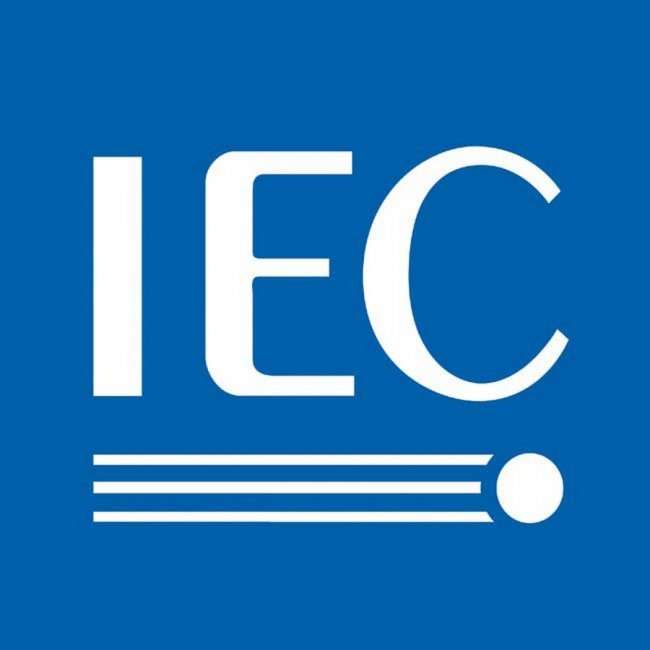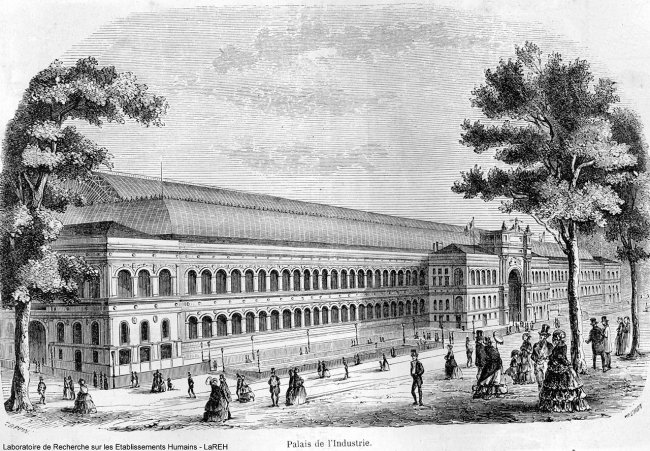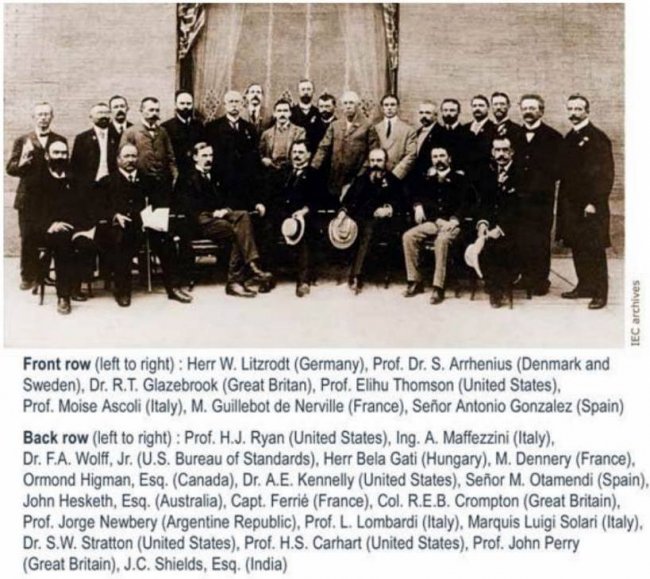International Electrotechnical Commission (IEC, IEC, CEI)
The International Electrotechnical Commission (IEC, in English - IEC, in French CEI) is a global organization, founded in 1906, which develops and publishes international standards for electrical engineering, electronics, communication technology and related fields, which form the basis of national standards. The IEC also maintains a conformity assessment scheme that certifies whether a device, system or component meets international standards.
The organization's mission is to promote and support international cooperation in the standardization of electrical engineering and related fields. The presence of international standards helps to reduce trade barriers, leading to the opening of new markets and stimulating economic growth. IEC standards aim to promote safety, health and the environment.
The first meeting of the International Electrotechnical Congress took place in 1881 during the International Electrotechnical Exhibition, which was held in Paris. It was then decided to develop an international system of electrical and magnetic units of measurement.
This was a very important task. at that time there were 12 different units of electromotive force, 10 different units of electric current, and 15 different units of resistance. The Congress was a decisive step in building a modern International System of Units (SI)as the event identifies ohms, amps, pendants and farads.
At the convention, William Thomson, Lord Kelvin (Great Britain) and Hermann von Helmholtz (Germany) were elected as external vice-presidents. In total, about 200-250 people participated, and in 1882 a report was published. Notable contributors include Helmholtz, Clausius, Kirchhoff, Werner Siemens, Ernst Mach, Rayleigh, Lenz, and others.
Site of the 1881 International Electrical Exhibition.
The subsequent meetings were also attended by officials from various countries, leading scientists and engineers. The main objective was to develop reliable standards for both electrical assemblies and electrical devices.
Delegates to the 1904 International Electrotechnical Congress (St. Louis, USA)
The International Electrotechnical Commission IEC was established on June 26, 1906. This international community unites all countries, international and national standardization organizations. Its first president was Lord Kelvin.
The IEC headquarters were originally located in London. In 1948, he moved to Geneva (Switzerland), where he is to this day. IEC has regional centers in Asia (Singapore), South America (Sao Paulo, Brazil) and North America (Boston, USA).
In 2006, the IEC celebrated 100 years of its status as a world leader in the development of international standards for electrical, electronic and related technologies.Throughout this time, IEC has been an important link between the research and development of electrical, electronic and related technologies, the development of international standards that expand world markets, and the economic interests of countries around the world.
The International Electrotechnical Commission developed a system of weights and measures, on the basis of which the SI International System of Units was created. Since 1938, the IEC has maintained a multilingual dictionary of electrical terms with the aim of unifying terminology in this field.
Technical work in the IEC is carried out by about 200 technical committees and subcommittees and about 700 working groups. Technical committees, within their competence, prepare technical documents with a specific field of activity, which are then submitted to the national committees (IEC members) for voting to be approved as international standards. In total, around 10,000 professionals are involved in the IEC's technical work worldwide.
The members of IEC National Committees representing their national interests in this field (must represent manufacturers, distributors, consumers, users, government agencies, professional bodies and national standards organizations).
IEC standards are numbered in the range 60000-79999. In 1997, a number of older IEC standards were renumbered by adding 60000, so for example the original IEC 27 standard now has the designation IEC 60027.
The International Electrotechnical Commission works closely with the International Organization for Standardization (ISO) and the International Telecommunication Union (ITU).In addition, IEC cooperates with several major standardization organizations, such as IEEE, with which the organization signed a cooperative agreement in 2002, which was amended in 2008 to provide for joint development.
Currently, IEC, along with ISO, are the main developers of international standards. IEC standards are numbered in the range 60,000 to 79,999, and ISO standards are numbered 1 to 59999. Some standards are jointly developed and designated as ISO/IEC.
Harmonized standards developed by other standardization organizations such as BSI (UK), CSA (Canada), UL and ANSI / INCITS (USA), SABS (South Africa), SAI (Australia), SPC / GB (China) are also accept IEC and DIN (Germany) as standards. IEC standards harmonized by other standardization organizations may differ from the original standards.
Useful links on the topic:
Official website of IEC
IEC International Electrotechnical Dictionary




